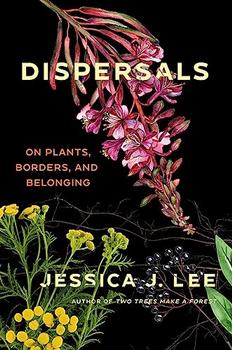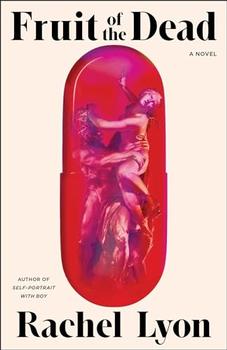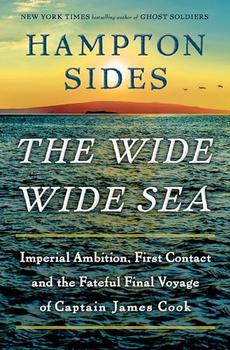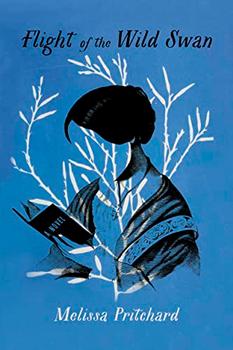Reading Guide Questions

Please be aware that this discussion guide will contain spoilers!
PRE-READING EXERCISE
In
Last Night at the Telegraph Club, Malinda Lo challenges popular perceptions of the 1950s, including stereotypes about Chinese Americans, the invisibility of the lesbian and gay community, and the role of women in the space program, particularly as computers.
EXERCISE
What do you know about the 1950s? What assumptions do you have about people, places, and events? Make a list on a piece of paper. Then, as you read
Last Night at the Telegraph Club, keep note of anything new that you learn, especially things you are surprised or concerned by.
DISCUSSION QUESTIONS
(PROLOGUE) What themes and tensions does Lo set up for the novel in the Prologue, particularly around race, nationalism, culture, and gender?
(CHAPTER 2) When Lily returns home from the Eastern Pearl, she takes out the Tommy Andrews ad for the Telegraph Club and adds it to her other newspaper clippings. Why is this collection important to her? What does tell us about Lily at this point in the novel?
(CHAPTER 5) Lily feels "exhilarated" after she finds Strange Season at Thrifty Drug Store, "as if she had finally cracked the last part of a code." What has Lily discovered about herself, and why was the pulp novel important in that process?
(CHAPTER 9) After Lily's father is interrogated by the FBI he says, "We're living in a complicated time. People are afraid of things they don't understand, and we need to show that we're Americans first." Why does he say this, and what is at stake for the Hu family? How might this experience parallel the experiences of immigrants today?
(CHAPTER 12) Lily tells Kath about her plan to work at the Jet Propulsion Laboratory, but not everyone is as supportive of Lily's dream job. How does Lily's interest in space set her apart from—or align her with—the other women in her life?
(CHAPTER 15) Shirley "warns" Lily about Kath and then rejects Lily when she doesn't come back inside at the dance. What role does Shirley and Lily's friendship play in the story?
(CHAPTER 18) Kath secures a fake ID for Lily so that they can sneak into the Telegraph Club as minors. What bothers Lily about this fake document? In
Last Night at the Telegraph Club, Malinda Lo challenges popular perceptions of the 1950s, including stereotypes about Chinese Americans, the invisibility of the lesbian and gay community, and the role of women in the space program, particularly as computers.
(CHAPTER 22) Lo uses the automated dioramas at Playland's Musée Mécanique as a metaphor for Lily and Kath's romantic feelings for each other. What is Lo communicating in this scene, and how does she use this metaphor again later in the novel?
(CHAPTER 25) At the Telegraph Club, Lily and Kath hear women talk about being "butch" or "femme" and when Kath is called a "baby butch" Lily recognises it is a compliment. In what are other ways do Lily and Kath learn about lesbian culture (in the 1950s)?
(CHAPTER 27) In the scenes at Sutro's, Lo illustrates racial tension and racism between Caucasian and Chinese Americans after Lily and Shirley are assumed to be Japanese. What are the ways Lo does this? Why do Lily and Shirley react in the ways that they do?
(CHAPTER 30) Lily notices a difference in the way the women at the Telegraph Club talk about "the feds" and communism. What is different—or similar—about this conversation to the discussion Lily has with her parents about the FBI's suspicion of Chinese Americans?
(CHAPTER 31) Again, Lily experiences microaggressions when socializing with the women from the Telegraph Club; however, this time she also learns about a Chinese male impersonator, for whom she feels "immediately proud." Why does Lo juxtapose these two experiences? When else does Lily encounter racism within the lesbian community?
(CHAPTER 36) Lily witnesses Shirley getting out of Calvin's car, but she doesn't tell her parents about them. Why does she keep Shirley's secret? (And why doesn't Shirley keep hers?)
(END OF PARTS I-V) Lo ends Parts I-V with memories from Joseph and Grace, Lily's parents, and Judy, Lily's aunt. How do these flashback scenes function in the story as a whole?
(CHAPTER 40) When Lily's mother says "There are no homosexuals in this family. [...] Are you my daughter?", what does she mean? How does Lily react to this and why?
(CHAPTER 41-42) What might have happened to Lily after she ran away from home if she had not remembered where Lana lived, or if Lana had not taken her in?
(CHAPTER 47) "And if her father wouldn't lie, why should she?" When Lily comes out to her parents, it is complicated by her father's immigration status and the cultural climate of the 1950s, and yet she refuses to lie to them. Why does she make the choices she makes?
(CHAPTER 48) "This was the world." What does Lily mean by this when she is on the train to Pasadena? How does your interpretation influence your reading of the events that follow?
POST-READING EXERCISE
Malinda Lo describes herself in the Introduction as "a recovering academic, which means [she] reads nonfiction for fun." This enjoyment of research and nonfiction is evident in her fiction: it is densely packed with facts and references to real-life historical events, people, and places. Lo also includes an Author's Note and Bibliography for further reading.
EXERCISE: Below is a list of proposed research topics. Inspired by Lo's novel, choose one topic about which to make a presentation for your peers using any method that is available to you to present your findings. Consider what assumptions exist, what newer information there might be, and how this might change our perceptions of people, places, and events in the 1950s, especially in relation to race, gender, sexuality, and class.
Last Night at the Telegraph Club began as a short story by Malinda Lo entitled "New Year," published in
All Out (2018). Lo was inspired to write that story after reading a few books that gave her "glimpses into Asian American history that has too often fallen through the cracks, and [she] wondered what life might have been like for a queer Asian American girl who dreamed of rocket ships, growing up in the 1950s."
CREATIVE WRITING EXERCISE:
To begin with, reflect on the history that you know—or have recently learned about—and ask: What interests me? Who is missing? What stories haven't been told? Make a list of possible people, places, or events that you might like to write about and choose a main character, a setting, and a historical fact or event. Then, write a short story based on those ideas. Remember: like Lo, you are "attempt[ing] to draw some of this history out from the margins, to un-erase the stories..." and enjoy the process!
PROPOSED RESEARCH TOPICS
- Jet Propulsion Laboratory – women computers; Dr. Hsue-shen Tsien
- Lesbian and Gay Community – San Francisco (1950s)
- Male Impersonators – performers; lesbian and gay clubs (1920s-1950s)
- Lesbian Pulp Fiction – publication, tropes, and popularity (1950 onward)
- San Francisco Chinatown – Chinatown and its community; Chinese Exclusion Act (1882)
- San Francisco Landmarks – ex. Musée Mécanique, Sutro's, California Academy of Sciences
- China in World War II – Madame Chiang Kai-shek, US tour; Second Sino-Japanese War
- McCarthyism – suspicion of Chinese Americans, Lavender Scare
FURTHER READING
- Rise of the Rocket Girls: The Women Who Propelled Us, From Missiles to the Moon to Mars (2016) by Nathalia Holt
- Wide-Open Town: A History of Queer San Francisco to 1965 (2005) by Nan Alamilla Boyd
- All Out: The No-Longer-Secret Stories of Queer Teens throughout the Ages (2018) edited by Saundra Mitchel
Unless otherwise stated, this discussion guide is reprinted with the permission of Dutton for Young Readers.
Any page references refer to a USA edition of the book, usually the trade paperback version, and may vary in other editions.
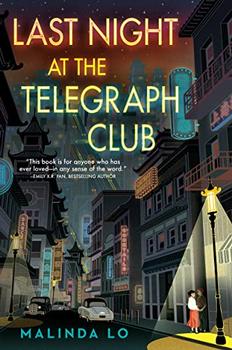
 Book Reviewed by:
Book Reviewed by: